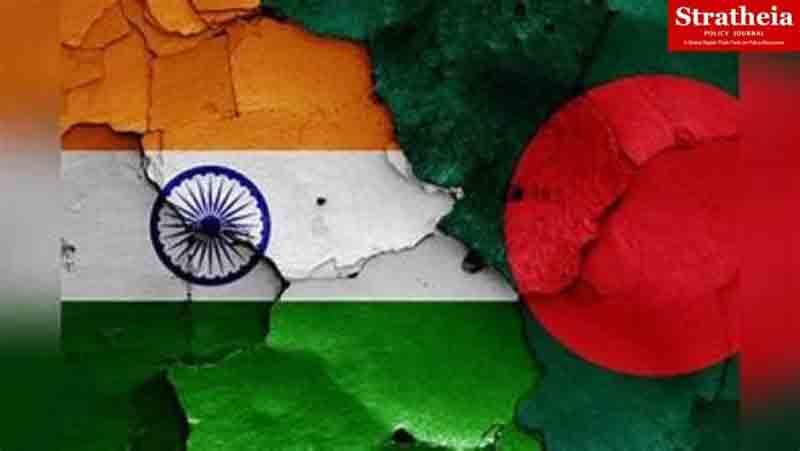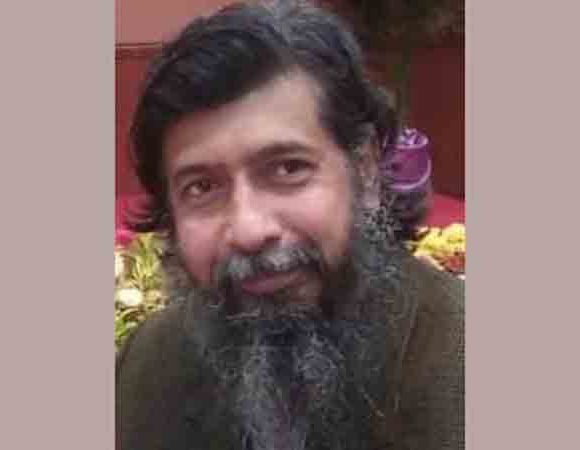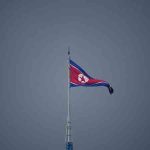India’s conspiracy and the bloody reality of the hills

HRM Rokan Uddin
India’s involvement in the Chittagong Hill Tracts insurgency has been one of the longest shadows cast over Bangladesh’s sovereignty. The roots go back to the very early years of independence. By 1973, barely two years after the birth of the nation, Indian policymakers had already concluded that an assertive, independent Bangladesh could become inconvenient.
If Dhaka moved closer to Beijing, Islamabad, or the broader Muslim world, India would lose the commanding influence it sought to secure in the Bay of Bengal and over its smaller neighbor. To pre-empt such a drift, Indian intelligence turned its attention to the sensitive and geographically complex Chittagong Hill Tracts.
The tribal grievances there were genuine but limited; yet they became the raw material for a larger strategic design. Insurgent leaders like Manabendra Narayan Larma found safe havens across the border, their cadres trained and armed with Indian patronage. The Shanti Bahini emerged not just as a local resistance but as an instrument of foreign policy. From that moment onward, the CHT became a pressure valve India could open and close depending on Dhaka’s behavior.
This manipulation of insurgency was never about tribal rights alone; it was about control. Successive Bangladeshi governments came to understand that whenever Dhaka pursued a course not aligned with Delhi, whether seeking military ties with China, closer relations with the Muslim Middle East, or a more balanced foreign policy, the insurgency flared.
When Dhaka complied, it calmed down. This cycle, repeated throughout the 1970s and 1980s, made the CHT an arena not only of bloodshed but of constant political bargaining. Thousands of soldiers, settlers, and tribal civilians lost their lives in the crossfire of this externally fueled conflict, but the deeper purpose lay in keeping Bangladesh weakened and cautious.
For sixteen years under Sheikh Hasina, this lever was largely dormant, not because the grievances disappeared but because India had secured something better: a government in Dhaka that bent to its will. Hasina’s regime granted transit routes, signed unequal security and trade arrangements, and aligned intelligence operations with Indian interests.
Dissenting voices, especially those critical of India, were suppressed. Delhi was comfortable, perhaps too comfortable, in its assumption that this arrangement would last indefinitely. For Bangladesh, however, it came at the cost of sovereignty, strategic autonomy, and the silencing of alternative futures.
The fall of Hasina on 5 August 2024 changed the equation overnight. Bangladesh entered a new phase, fragile but determined to reclaim independence in decision-making. In Delhi, this was not seen as a democratic correction but as a strategic setback. India lost its most reliable partner in Dhaka and suddenly faced a neighbor unwilling to serve as a subordinate.
The response was swift and hostile. Once again, old methods were dusted off and deployed. Violence in the Hill Tracts flared suspiciously, with reports of cross-border movement, new weapons, and coordinated attacks. Simultaneously, a global propaganda offensive was unleashed, painting Bangladesh as unstable, repressive toward minorities, and unsafe for investment. Much of this narrative was amplified by Awami League figures in exile, who had long benefited from India’s patronage and now served as useful partners in Delhi’s campaign to delegitimize the new order.
The propaganda had two audiences. Internationally, it sought to capture the ears of Washington, Brussels, and the United Nations. Bangladesh was to be portrayed as a “failing state” in need of external correction, a country that could not be trusted to manage its minorities or maintain regional peace.
Domestically, it aimed at creating psychological insecurity. Rumors, disinformation, and fear spread through social media and sympathetic outlets, undermining public confidence in the government. The technique was familiar: soften the ground with instability, then use external pressure to force policy concessions. It was the 1970s playbook adapted for the 21st century.
The Chittagong Hill Tracts, however, is not just another troubled periphery. Its strategic importance is immense. It is Bangladesh’s gateway to Myanmar and Southeast Asia, bordering the very routes where China seeks to connect Yunnan province to the Bay of Bengal through the Kaladan Project and other corridors. If stable and developed, the region could serve as a bridge linking Bangladesh to ASEAN markets and offering Dhaka unprecedented geopolitical leverage.
If destabilized, it becomes a weak flank, vulnerable to insurgency, internationalization, and foreign intervention under the guise of peacekeeping. India’s renewed interest in stirring unrest there is therefore not simply about old hostilities; it is about pre-empting Bangladesh’s rise as a connector state between South and Southeast Asia.
Faced with this reality, Bangladesh must respond with both clarity and resolve. The first line of defense lies in internal security. The Army and the Border Guard Bangladesh must be modernized with advanced surveillance, rapid mobility, and counter-insurgency capabilities. Intelligence gathering in the Hill Tracts has to be sharpened, with greater integration of local communities into security networks.
Insurgencies cannot thrive without social bases; empowering loyal hill residents with development, land rights, and economic opportunities is therefore as important as military readiness. These people must feel that their future lies with Bangladesh, not with promises whispered across the border.
At the same time, the war of narratives must be confronted. Disinformation cannot be allowed to harden into “truth” in international forums. Dhaka needs well-resourced media and diplomatic teams to respond swiftly to propaganda, challenge falsehoods, and tell its own story abroad. Silence is dangerous, for it allows others to define the image of Bangladesh in the world’s imagination.
Strategic partnerships are another shield. Over-reliance on India was a trap; the new course must be diversification. Stronger defense and diplomatic ties with China, Turkey, the Gulf states, and ASEAN can provide balance. Such partnerships signal that Bangladesh is not isolated and cannot be bullied without consequences.
There is also a deeper lesson. The insurgency problem of 1973 was not simply a local tribal uprising; it was an external project to keep Bangladesh under control. The same pattern is being repeated now, dressed in the clothes of human rights rhetoric and modern information warfare.
To survive as a sovereign state, Bangladesh must learn from history. It must be remembered that vigilance is the price of independence and that reliance on external goodwill is a dangerous illusion. Only a confident, balanced, and independent defense strategy, rooted in both hard power and smart diplomacy, can prevent a repeat of past humiliations.
The CHT has seen too much blood, too many betrayals, and too many manipulations. It remains today what it was in 1973: a test of Bangladesh’s sovereignty. If the nation allows external actors to once again make the Hills their playground, it risks not only territorial insecurity but also the erosion of its right to decide its own destiny.
If, however, it stands firm, strengthens its defenses, integrates its people, and confronts false narratives with truth, the CHT can be transformed from a source of weakness into a pillar of national strength. The time for illusions is over. India will continue to pressure, destabilize, and spread misinformation. Bangladesh must continue to resist, adapt, and rise above. History has set the stage once again; the choices made now will determine whether sovereignty is defended or surrendered.
♦The writer is a retired brigadier general

















